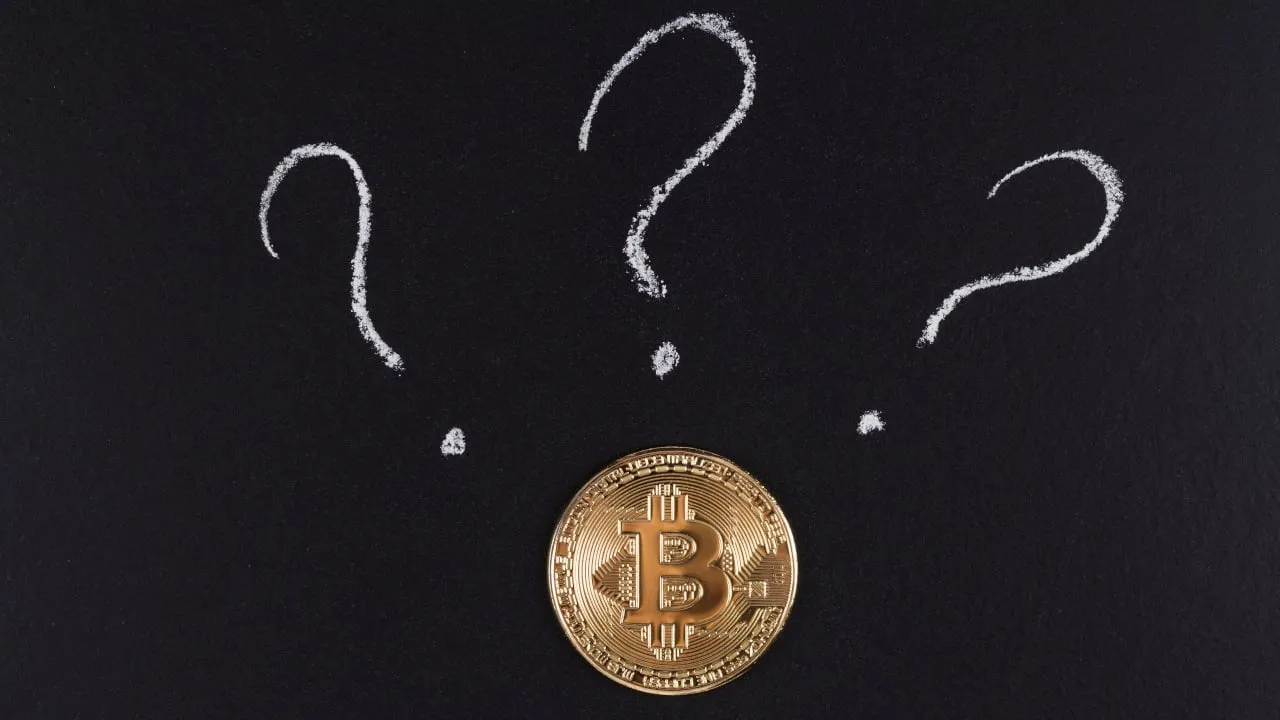With the Bitcoin halving just a day away, it would seem that by now most people would have gotten their answer to the enduring question: "Is it priced in?"
But that won’t stop the crypto curious from continuing to ask it until the block height strikes 840,000.
Nobody really knows what will happen to the price of Bitcoin after the halving, but we do know how previous events went down.
“Buy the rumor, sell the news” is a widely circulated narrative when events like this come around. Some people, called news traders, use this theory as gospel, trading entirely on the basis of market sentiment ahead of a big event.
So how has the crypto market fared in the wake of previously hyped events? From Elon Musk on SNL to the Super Bowl, let’s take a trip down memory lane.
Elon Musk on SNL (Dogecoin)
It was the peak of the 2021 bull run. Dogecoin had already been flying as Elon Musk was tweeting about the meme coin over and over again—to the point that he was investigated by the SEC.
The Tesla founder was announced as the host of Saturday Night Live (SNL) and the crypto world predicted that this would result in a parabolic rally towards the $1 mark—it was sitting at $0.68 the day before the show.
Musk mentioned the dog coin, twice—in his opening monologue and on the Weekend Update sketch—but what he had to say wasn’t entirely positive. He sarcastically called it a “hustle,” but some, including Rolling Stone, took this as an admission of guilt rather than a goofy joke. As a result, the meme coin plummeted over 20% in a single hour. In fact, so many people tried to offload the token that Robinhood was overwhelmed by Dogecoin transactions. In the year that followed, Dogecoin lost 90% of its value falling below $0.10.
In this case, it seems the news was already priced in. Although this may have been skewed by the now-Twitter owner not being fully positive about the meme coin. Dogecoin actually saw a price increase of 10% when Musk was announced as the host of SNL, adding fuel to the narrative of “buy the rumor, sell the news.”
The Ethereum merge
One of—if not the—most anticipated moments in Ethereum history: The merge.
In September 2022, Ethereum made the transition from a power-hungry proof-of-work system to an environmentally friendly proof-of-stake system. Many believed that this upgrade would drive up Ethereum’s price while its environmental impact fell.
In the months leading up to the upgrade, Ethereum pumped 44% past $1,700. However, this upwards trajectory was short-lived. In the moments following the merge’s finalization, ETH’s price dropped 0.4%. A year later the price remained approximately the same. Fortunately though, the hype was real when it came to energy consumption dropping 99.99%.
Again, it seems like the merge was priced in here.
Super Bowl LVI ads
It was 2022 and the Cincinnati Bengals were set to face the Los Angeles Rams at SoFi Stadium. Crypto companies saw this as an opportunity to spread the gospel and, according to NBC, bought ad-space at $6.5 million per 30 seconds.
Given the massive mainstream audience, many believed these ads would bring regular folk into the crypto space and raise the tides.
This was true, in part, as according to analytics company Sensor Tower, the ads boosted crypto app downloads by 279%. But, according to CoinGecko, Bitcoin’s price fell 1.5% during the event after climbing 11% in the fortnight prior.
Many crypto companies made an appearance, including Crypto.com, Coinbase, Nouns DAO, and infamously FTX—with an eye-watering $54 million being spent on ad space, according to MediaRadar.
The Matt Damon “fortune favors the brave” ad led Crypto.com’s CRO token nowhere, from $0.48 the day before to $0.47 the day after, according to CoinGecko. While Coinbase’s QR-code ad was a raging success—so much so that its app crashed on the night—its stock fell 1.7% in premarket trading and sunk 64% in the year following. However, according to NFTPriceFloor, the Nouns DAO floor jumped from 79 ETH the day before the Super Bowl to 87 ETH the day after.
No Super Bowl ad has aged worse than FTX’s Larry David ad, which came less than 10 months before the company collapsed and its founder Sam Bankman-Fried was subsequently convicted of multiple federal crimes—yikes!
What we learned is that a single Super Bowl ad won’t lift your project to new highs. Collectively, though, they did increase public awareness of the cryptocurrency industry, pissing off a few people along the way.
Zonk was extremely interested in the tv for the @coinbase #SuperBowl commercial 🤨😆 pic.twitter.com/ZDZGfmAHWq
— Haley Spracale (@haleymspracale) February 14, 2022
Bitcoin ETF approval
At the start of the year, the U.S. Securities and Exchange Commission (SEC) allowed spot Bitcoin exchange-traded funds (ETFs) to begin trading.
Some analysts said that the crypto market cap could be boosted by $1 trillion and predicted a jump in price, while others warned that traders were likely to sell the news.
Following the approval, Bitcoin's price action was choppy. When the news leaked via an order on the SEC website that was posted and then removed, BTC was at around $45,840. Soon after, the price jumped as high as $46,263. Over the coming week, Bitcoin plunged 12%.
Three months later, Bitcoin’s price is up 42%, according to CoinGecko, as ETFs have clearly increased demand for the leading cryptocurrency.
While it appears the ETF news itself was pretty much priced in, the volume that followed wasn’t.
What about previous Bitcoin halvings?
This isn’t the first time Bitcoin has gone through a halving. There have been three since its inception.
The first took place on November 28, 2012. In the year following the first halving, Bitcoin climbed from $12 to $1,000, according to data from Chainalysis. The next one, in 2016, saw a similar pattern, with the price of Bitcoin increasing from $650 to $2,500 over a year period. Finally, in 2020, Bitcoin went from $8,000 in May to hitting a new all-time high of $69,000 just over a year later.
CoinGecko crunched these numbers and found that, on average, Bitcoin’s price returns 3,230% gains within one year after each halving. But shortly after this spike, Bitcoin’s price usually drops by more than 80%—entering a crypto winter.
Taking a look back at history suggests that the question “Is it priced in?” has a much more complex answer than you’d think. Each scenario is different with unique circumstances influencing each.
What would have happened if Musk had shilled Doge a bit harder? Would Coinbase be the leading exchange if its QR code hadn’t hit the corner? Would FTX still exist if Larry David hadn’t done that ad? ”What if” is clearly a similarly dizzying question.

